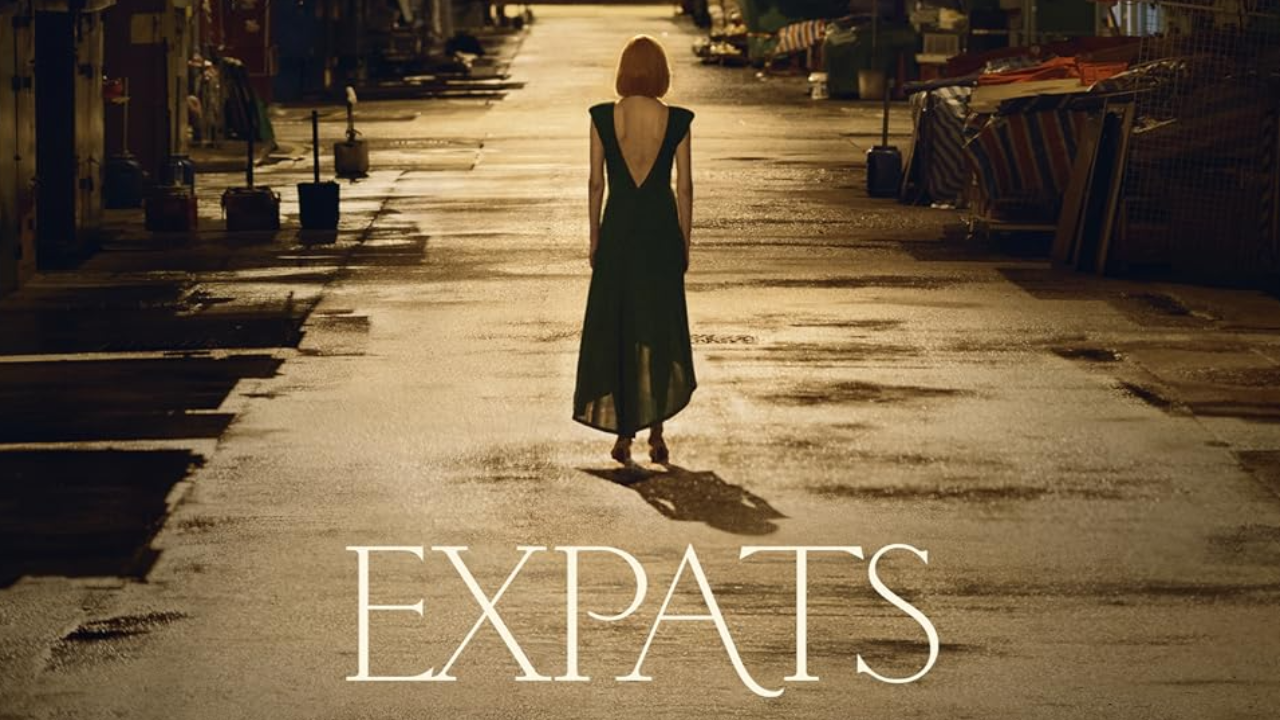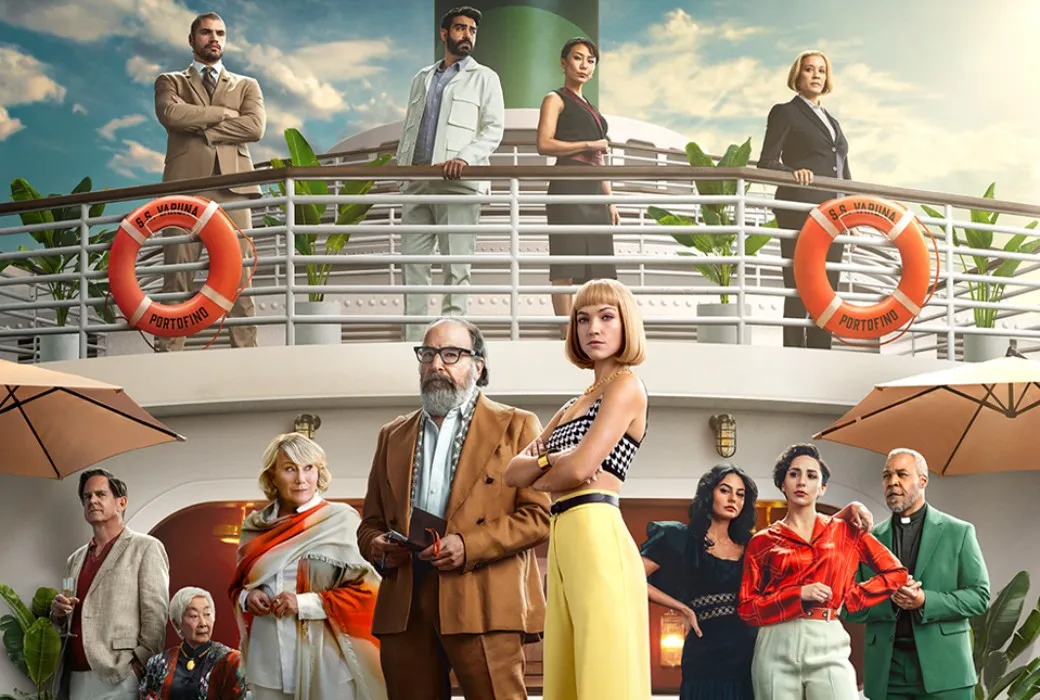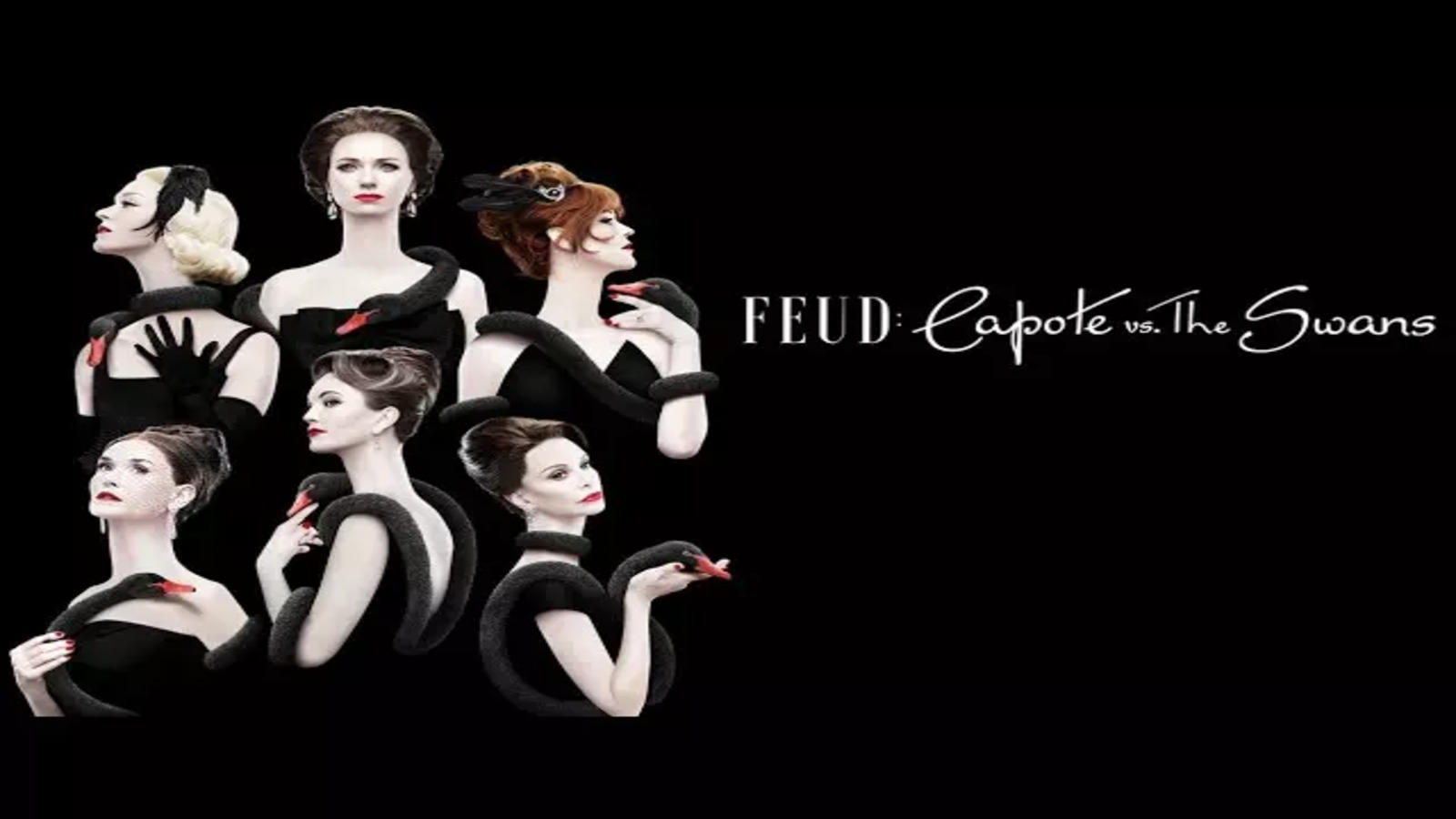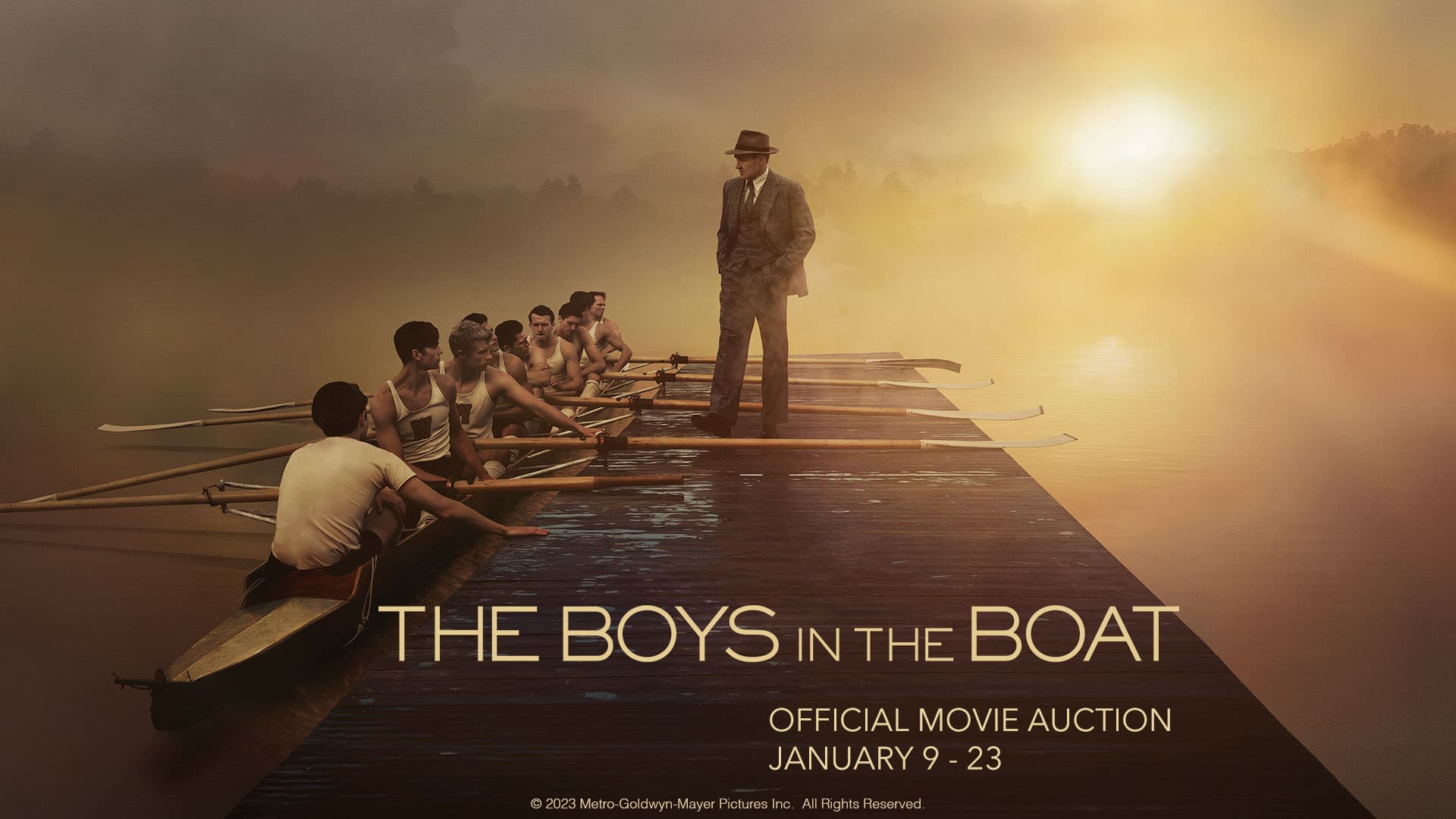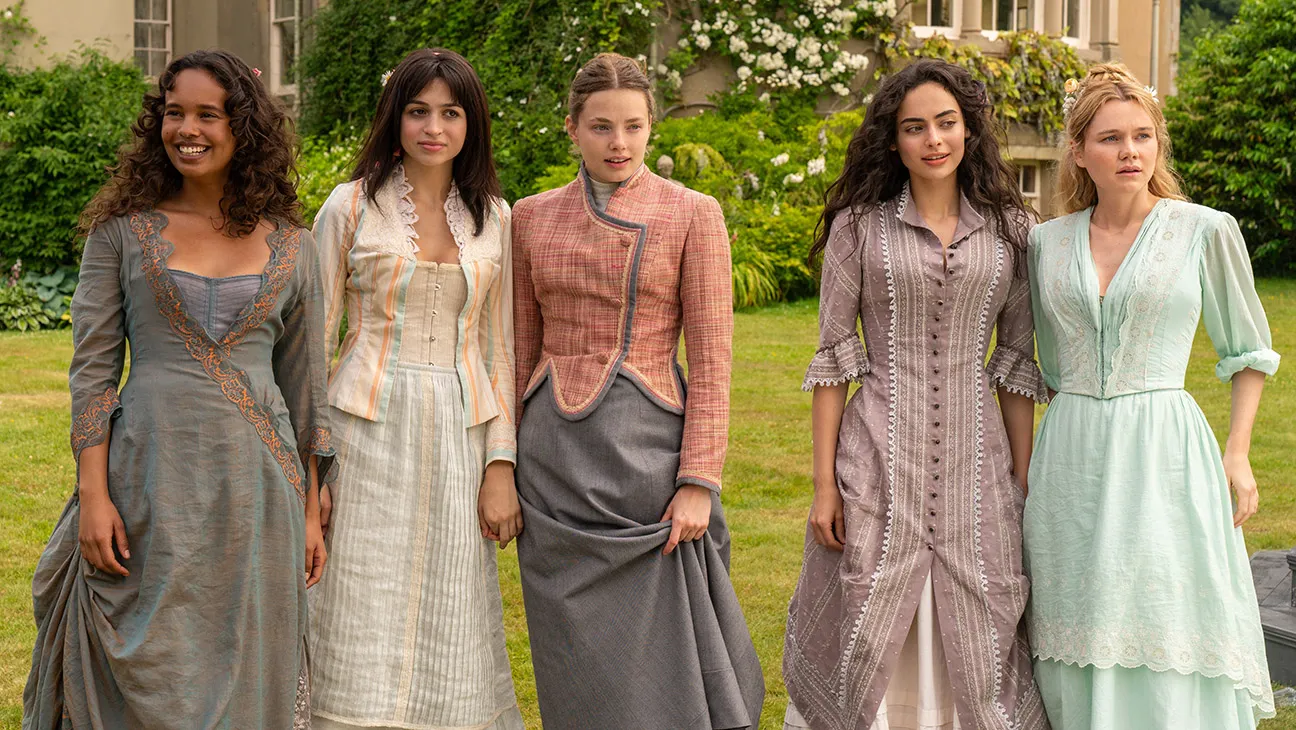“Expats”
Susan Granger’s review of “Expats” (Amazon Prime Video)
Writer/director Lulu Wang first captivated audiences with “The Farewell” (2019) about a Chinese-American woman returning to Hong Kong to visit her terminally ill grandmother. With “Expats,” she’s has adapted Janice Y.K. Lee’s 2016 novel “The Expatriates,” exploring motherhood, grief, friendship and resilience.
Set in the summer/fall of 2014, “Expats” follows three expat American women: Margaret Woo (Nicole Kidman), Hilary Starr (Sarayu Blue) and Mercy Kim (Ji-young Yoo) whose lives become inexorably interconnected through trauma and tragedy.
Mother of three young children, Margaret is a landscape architect who abandoned her career to move from New York to Hong Kong when her husband, Clarke Woo (Brian Tee), got a lucrative job opportunity. As the series opens, she’s distraught because her youngest son Gus (Connor J. Gillman) is missing.
Providing a guilt-riddled voiceover prologue, 24 year-old Korean-American Mercy, a Columbia University postgrad, was supposed to be watching Gus the evening he mysteriously disappeared in a crowded, neon-lit marketplace.
Meanwhile, India-born Hilary surfaces as Margaret’s childless neighbor/friend whose marriage to smarmy, philandering David (Jack Houston) is unraveling as part of their mid-life ‘fertility’ crisis.
Hovering around the kaleidoscopic periphery are the Filipina/Indonesian domestic workers: Margaret’s live-in nanny/housekeeper Essie (Ruby Ruiz) and Hilary’s helper Puri (Amelyn Pardenilla). They take care of all the housekeeping and babysitting for US$500 a month!
Plus, there are two university students – Charly (Bonde Sham) and Tony (Will Or) – active in Hong-Kong’s pro-democracy effort known as the Umbrella Movement in which protestors occupied major roadways and landmarks, using umbrellas to protect themselves from the police’s pepper spray and tear gas.
Beijing-born director Lulu Wang led an all-female writers’ room, interweaving and detailing each woman’s melodramatic anguish as she unburdens herself, delving deeply into family dynamics as she reveals her loneliness and shameful secrets.
Clarifying the context and complexity of class division, Wang notes that wealthy, upwardly mobile expats live extravagant, privileged lives, sheltered from the impact of political changes in Hong Kong – but they are not immune to tragedy.
“I had hoped for a specific event, an unimaginable act of kindness, a forgiveness that would reset everything,” Mercy concludes. “But there is no miracle that can reset everything. You must hold the pain and keep on living…”
On the Granger Gauge of 1 to 10, “Expats” is a compassionate, sorrowful, slowly paced 7 – with all six episodes streaming on Amazon Prime Video.
